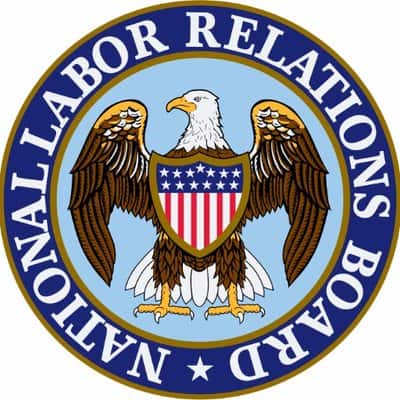Regulators Find Uber Drivers to Be Independent Contractors

 Determining the proper legal worker classification for an individual has become an arduous task. A major reason for the difficulty is a patchwork of federal and state laws that define the term employee and therefore independent contractor differently. More than ten different tests are applied among federal agencies and courts for defining the term employee (see here for more on a legislative solution to harmonize the definition of “employee” across federal statutes).
Determining the proper legal worker classification for an individual has become an arduous task. A major reason for the difficulty is a patchwork of federal and state laws that define the term employee and therefore independent contractor differently. More than ten different tests are applied among federal agencies and courts for defining the term employee (see here for more on a legislative solution to harmonize the definition of “employee” across federal statutes).
But, under the Trump administration, federal agencies have started to come to a consensus on how to classify individuals using sharing economy platforms, and in a way that does not stifle individuals right to earn a living.
On May 14th, the general counsel of the National Labor Relations Board (NLRB) issued a memo that declared Uber drivers are independent contractors and not employees. In the memo, the NLRB applied the common-law test to the inquiry on the worker status of Uber drivers and determined that Uber correctly classified drivers as independent contractors.
The test applied by the NLRB considers ten factors with “no one factor being decisive.” In summary, the common-law test factors considered include the level of control the employer may exercise over how work is conducted, whether the work requires supervision, whether the worker supplies his or her own tools, duration of employment, and method of payment.
Importantly, the NLRB general counsel recognizes the importance of entrepreneurial opportunity when analyzing these factors and determining worker status. In other words, do Uber drivers have skin in the game and have the opportunity for profit or loss like all other businesses? As cited in the memo, “[W]here the common-law factors, considered together, demonstrate that the workers in question are afforded significant entrepreneurial opportunity, [the Board] will likely find independent-contractor status.”
Applying the common-law test and identifying entrepreneurial opportunity as the overriding principle is the proper lens through which to evaluate the status of a worker. Under this test, if the employer takes a hands-off approach that allows individuals to create their own schedules, choose work location, and choose which jobs they want to work, there is genuine entrepreneurial activity taking place.
In the immediate case, the NLRB details how Uber drivers exercise significant control over when and how much they work:
The drivers had significant entrepreneurial opportunity by virtue of their near complete control of their cars and work schedules, together with freedom to choose log-in locations and to work for competitors of Uber. On any given day, at any free moment, drivers could decide how best to serve their economic objectives: by fulfilling ride requests through the App, working for a competing ride-share service, or pursuing a different venture altogether.
The Department of Labor (DOL) took a similar view on how to determine worker classification for sharing economy workers. On April 29th, the Department of Labor issued a letter that provides guidance for sharing economy companies on when a worker is properly classified as an independent contractors under the Fair Labor Standards Act. The guiding principles in the DOL letter are similar to the NLRB’s advice memo.
The factors the DOL considers come from Supreme Court precedent and include degree of control the potential employer exercises, worker opportunity for profit or loss, worker investment in tools and equipment, and permanency of the work relationship. In general, to answer the question of whether an individual is an employee or independent contractor, the DOL determines whether a worker is “engaged in business for himself or herself,” or “is dependent upon the business to which he or she renders service.”
As with the NLRB memo, the DOL understands that Uber, and other platform services, are essentially “referral services” and that drivers are actually working for consumers, not the platform company. This is a crucial distinction. Platform economy companies create two-sided markets that connect drivers and riders. With this understanding, it is clear drivers and riders are both better categorized as customers of Uber rather than creating an employment relationship between the platform company and drivers. Simply, sharing economy platforms act as an intermediary that creates value for both drivers and riders by lowering transaction costs.
This guidance from the DOL and NLRB are crucial developments, which promote the idea that individuals should not need to ask the government permission to earn a living. Policy determining worker status should create an atmosphere where individuals can engage in entrepreneurial activity without government dictating the terms or banning it outright. Further, individuals more and more value flexibility and autonomy inherent to independent contract work that sharing economy companies provide.
As my colleague Iain Murray explains, the sharing economy gives individuals a “chance to set the old ‘boss economy’ aside, realize the ambition of many to work when they like, how they like, and to recognize that the division of labor, specialization, and exchange are our friends.”